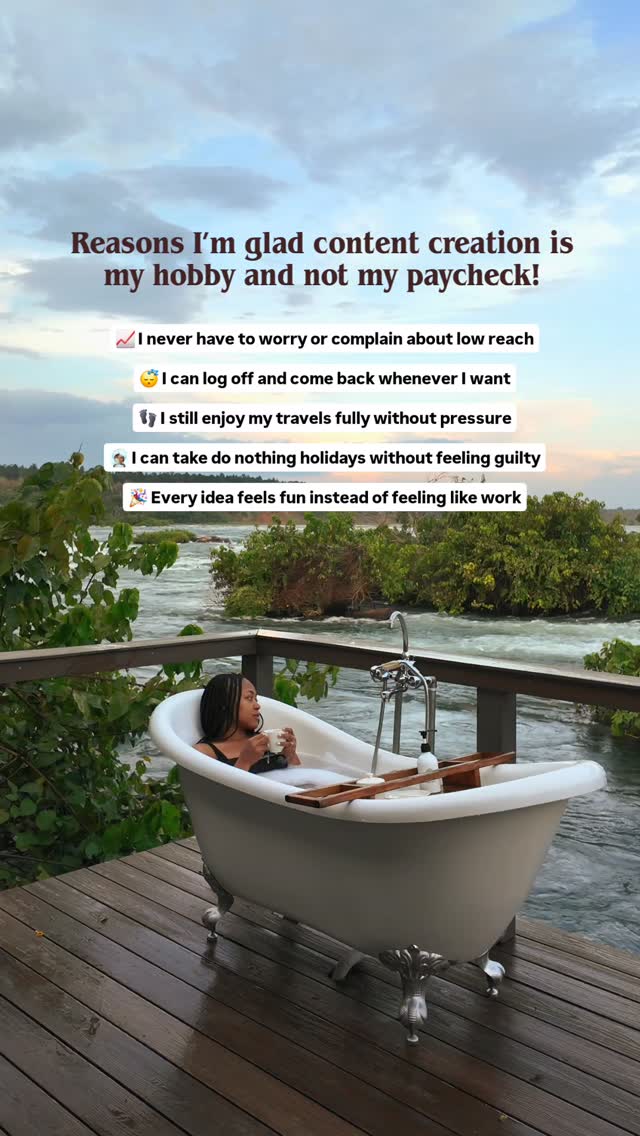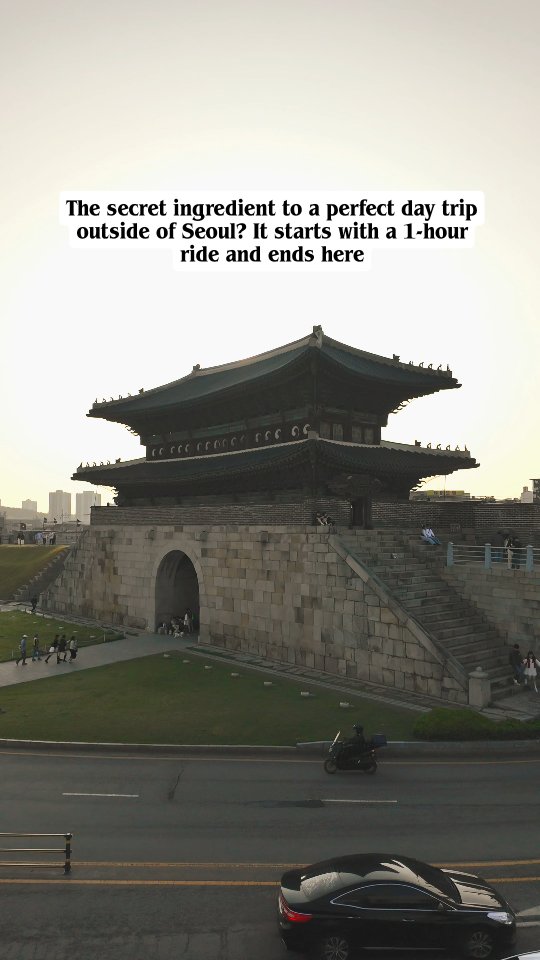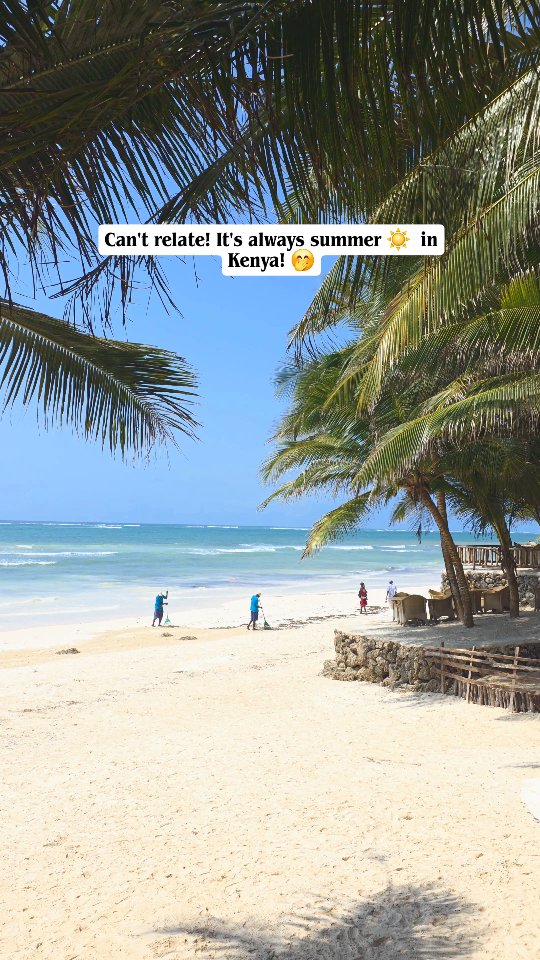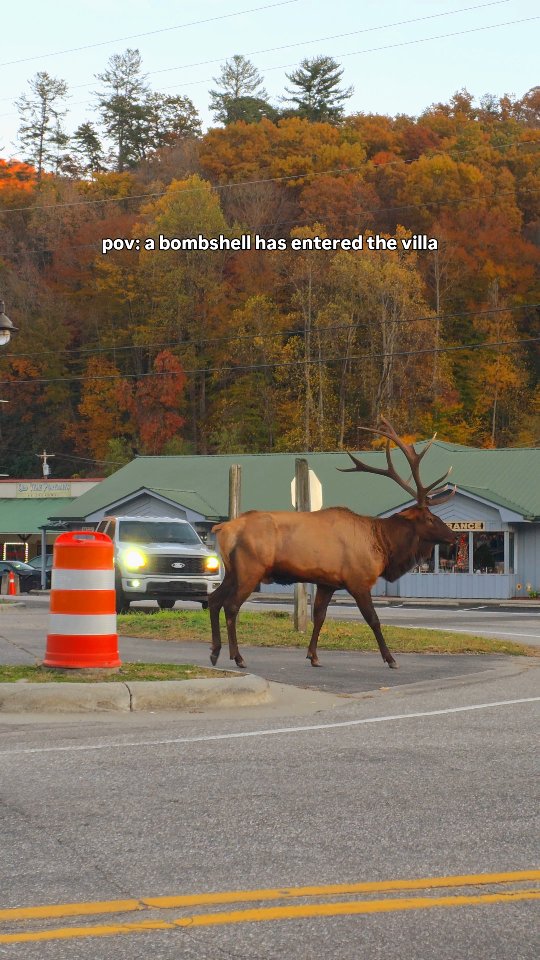On my return trip to Japan, there were a few places I couldn’t wait to see – Magome-Juku, the Fuji area, and Nachisan. But Magome was the one that truly had a hold on me. Ever since I first came across an article about this charming little town in the Kiso Valley, I couldn’t get it out of my mind.
When I learned it offered sweeping mountain views and a scenic hiking trail, I knew right away it had to be part of our itinerary. It was exactly the kind of experience Mark would dream of in Japan, and I wasn’t wrong.

Many travellers visit Magome as a day trip from places like Nagoya and Matsumoto, but I made sure we stayed two nights. By the end, my darling husband was wishing we could stretch it even longer. That’s how special it was. Not even the grey skies and steady rain on our hike could dampen the magic.
We trekked through the mist, catching fleeting glimpses of the mountain whenever it revealed itself, and loved every moment. But I’m getting ahead of myself. Let’s rewind and start at the very beginning.


Getting to Magome from Kyoto
After a wonderful few days in Kyoto, we packed up and made our way to Magome. Our route took us from Kyoto to Nagoya Station on the bullet train in a little over 30 minutes, then from Nagoya to Nakatsugawa on the Shinano Express (about 48 minutes), and finally a short 25-minute bus ride from Nakatsugawa to Magome. I can’t really speak for the boys, but I personally love train rides, and this journey was such a treat for me! 🙂


Magome is still a little off the beaten path and feels quite remote, which means public transportation isn’t as frequent as in the big cities. For instance, the bus from Nakatsugawa to Magome only comes about once an hour. We made sure to leave Kyoto early so we’d get to Nakatsugawa in time to catch the bus and still arrive in town before 5 p.m., because once evening hits, everything pretty much shuts down.

The bus dropped us off at the foothills of the town’s main street, which is also the Old Nakasendo Trail, and from there it was just a short walk to our accommodation for the next two nights.
Where to Stay in Magome: Magome Chaya Guesthouse
We stayed at Magome Chaya, a cash-only minshuku (guesthouse) offering both private and shared dorm rooms. Since private rooms were fully booked, we opted for the dormitory, which turned out to be quite comfortable. The large room was divided with curtains, and each bunk bed had additional partitioning for privacy. Mark and Andrew shared one “room,” while I had my own space for the two nights, which felt private enough 🙂


We spent our first evening wandering slowly from one end of the hushed street to the other, pausing to admire the landscape from the Magome Jinbakami Observatory Deck. By 5 p.m., the town had fallen quiet, and I found the stillness almost enchanting.

We came across a small family-run shop that was still open and decided to try their chestnut ice cream. Since chestnuts are a staple in this part of Japan, indulging felt only right, and to my surprise, the ice cream was not only unique but also quite delightful.

Breakfast and Dinner at Magome Chaya Guesthouse
Later, we returned to Magome Chaya for dinner. This minshuku serves up quite an elaborate spread for both breakfast and dinner, so I booked our first meals there – just in case we arrived too late to eat elsewhere. No regrets at all. Dinner that evening and breakfast the next morning were generous feasts with plenty of side dishes. The hosts walked us through each course, and overall, the service felt warm and attentive.


After breakfast the next morning, we set out to hike a section of the historic Nakasendo Trail from Magome to Tsumago. Once one of the five major routes of the Edo period, the Nakasendo connected Kyoto to Tokyo, winding through post towns where weary travellers could rest.
Hiking the Nakasendo Trail from Magome to Tsumago
Today, the preserved stretch between Magome and Tsumago is one of the most scenic, leading you through quiet forests, rolling countryside, and charming villages that still carry echoes of Japan’s past.
The hike, which felt more like a leisurely walk, took us about three hours with plenty of time to pause whenever we wished. Along the way, we made a few detours, including a stop at Juri, a local restaurant, and a visit to a Japanese garden that greeted us with a rather memorable disclaimer at its entrance.

Tateba Tea House, located at the halfway point, was also a delightful stop. We learned that this teahouse is over 200 years old, and is now run by a man who serves tea to passing hikers in exchange for voluntary tips.

Earlier, we had been hiking in light rain, so this stop was a welcome respite. From there, we continued on to Tsumago, passing numerous bear signs and bells along the way. Having hiked in Glacier National Park and actually encountered several bears there, I couldn’t help feeling a little paranoid about not carrying bear spray this time.
But the steady trickle of fellow hikers on the trail, and the reassuring chime of bear bells along the route, gradually put my mind at ease.
Arriving in Tsumago
Eventually, we arrived in Tsumago, which felt even quieter than Magome. In my original itinerary, I had planned for us to split our stay between the two towns, using the luggage forwarding service to send our bags ahead while we hiked and then spend the night in Tsumago.


Since I couldn’t find any available accommodation there, we simply wandered the town instead. In hindsight, I am actually glad we chose to spend both nights in Magome. Tsumago was charming in its own way, though more rural than Magome, and if I were to redo this trip with a stay in Tsumago, I would hike the route in reverse so that we could end in Magome.
Lunch at Konohanaya
Upon arriving in Tsumago, we found a few shops still open and stopped at Konohanaya for lunch. It turned out to be a warm, family-run restaurant where the staff welcomed us with incredible hospitality.

The food was just as memorable. We tried several of the region’s specialties, including soft rice cakes with a walnut-based sauce (gohei-mochi), oyaki, and rice dumplings with sweet soy sauce (mitarashi-dango). Each dish felt both comforting and delicious, the perfect reward after the hike.




We didn’t linger much longer in Tsumago after finishing our meal. Mark and Andrew decided to run back to Magome, while I spent a little more time wandering the town before waiting for the next bus. Since the buses were so far apart, I grew paranoid about missing the last one and being forced to either take a very expensive taxi back or, worse, walk alone through the “bear-infested” woods at night. Deciding I had already seen enough of Tsumago, I made my way to the bus station early and waited there instead.


With the wait time factored in, we ended up arriving back at the same moment, which was just hilarious!
The Morning After…
The next morning was gloomy, but we still set out early for one last walk through the town. During the walk, the clouds shifted and we were lucky enough to catch Mt. Ena revealed in all its glory.



Breakfast at Hillbilly Coffee
Instead of having breakfast at Magome Chaya, we went to Hillbilly Coffee, a cosy little shop tucked along the main street. There we enjoyed flaky croissants, rich coffee, and creamy hot chocolate. It was the perfect way to wrap up our stay.


We returned to Magome Chaya to pack up our things, then made a quick stop at a charming shop for more oyaki before circling back to Hillbilly Coffee for a matcha latte. If we had stayed that extra night, I could easily have seen myself eating my way through nearly every shop along the street. 🙂
For some, two nights might feel like too much in a town that closes at 5 p.m. with little to do, but for us, we would have gladly stayed longer. The hostel was comfortable enough, though by this point I was already craving my own space. Our next stop was Nagoya, and since we had nothing planned there, we would have extended our time in Magome if we had found private accommodation. Honestly, having nothing to do in a town that shut down so early was a plus for us.
I am so glad we visited this part of Japan. It was extremely charming and a highlight of our visit. If you’re planning your own trip as well, here are some important information to take note of:
Visiting Magome and The Nakasendo Trail – FAQ

Can you visit Magome as a day trip?
Yes, many travellers do it as a day trip from Nagoya or Matsumoto. But if you can spare a night, it’s worth slowing down here. If you’re looking for a simple day trip with all the logistics handled on your behalf, this tour leaving from Nagoya and Nakatsugawa Station is a great option to book.
How much time should I spend in Magome?
We spent two nights in Magome and absolutely loved it. Technically, you can see the entire town in a few hours, but I do recommend spending at least one night here.
Can I bring luggage on the Magome–Tsumago hike?
There’s a luggage forwarding service between Magome and Tsumago so hikers can walk hands-free while their bags are transported to the next inn.
What is the best time to visit Magome and Tsumago/hike the Nakasendo Trail?
Spring and Autumn are generally the best times to hike the Nakasendo Trail. Next to this, I would say summer would be a good time for lush and green scenery – although you may want to start out early to avoid harsh weather when the trail ventures outside the woods. Winter could see some snow and ice, making sections of the trail cold and slippery, so if you visit during this time, be sure to pack appropriately.
How long does the hike from Magome to Tsumago take?
The Nakasendo Trail section from Magome to Tsumago is a scenic 8 km hiking route that follows part of the old Nakasendō road. The trail takes about 2–3 hours and is dotted with waterfalls, rice fields, and tiny hamlets.
Where to Stay in Magome?
We stayed in the hostel section of Magome Chaya. It was comfortable and clean and had shared restrooms. I would certainly stay here again if I revisit. Other places I would consider are Tajiyama and Guesthouse Nedoko.
Is there a bus from Magome to Tsumago?
For updated information about bus schedules between Nakatsugawa Station, Magome, Tsumago and Nagiso Station, visit this website for up-to-date information and pricing
Enjoyed this post?
Help fuel more adventures and insights! ☕️ Treat me to a virtual coffee, explore my Instagram for behind-the-scenes peeks, or simply share this post with a fellow traveller. Your support keeps this wanderlust-filled blog thriving! 🌍✈️

I can’t overstate how special this part of our trip to Japan was. Walking the Magome to Tsumago stretch of the Nakasendo trail felt like stepping back in time. I remember the quiet, cobblestone streets of Magome, the peaceful forest paths, the warm hospitality in tea houses and restaurants, our late-night stroll beyond the main strip, and the breathtaking mountain views. It’s an experience that has stayed with me long after we left.






























